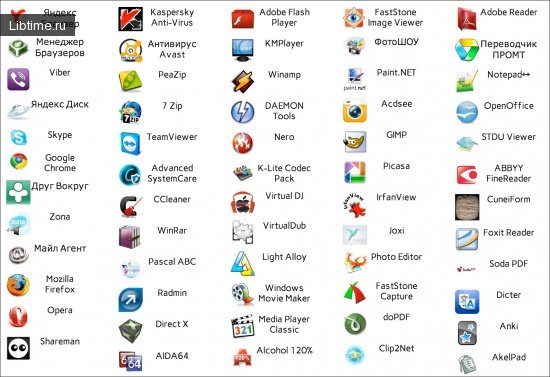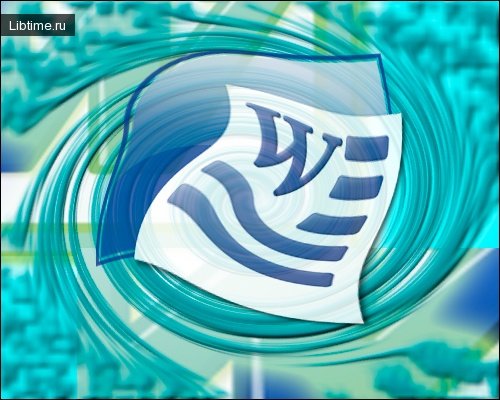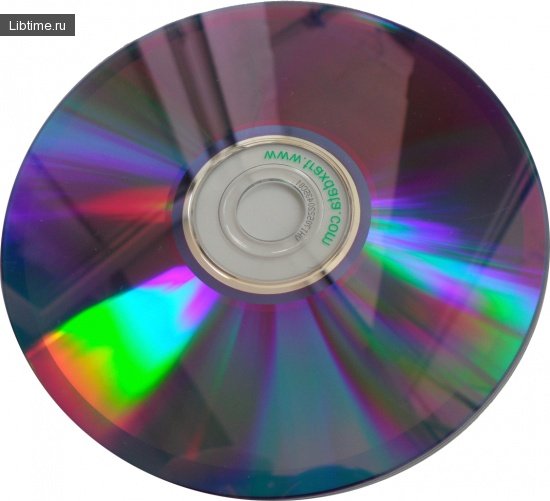Controllers and connectors (ports) for connecting external devices
Controllers and connectors (ports) for connecting external devices.
Parallel port (LPT) (25-pin connector). The port is intended for connecting a printer, scanner, and external storage and transportation devices.
Serial port (COM) (9 and 25-pin connectors) are characterized by a lower speed of information transfer (about 112 Kbytes / s). Therefore, this port supports only mouse and modem.
PS/2 port appeared on mass motherboards only in 1998. This port supports keyboard, mouse. Under the connectors on the back wall of the system unit there are inscriptions - Mouse and Keyboard.
Serial port and interface USB 1.1, 2.0, 3.0
USB (Universal Serial Bus) - Universal Serial Bus is used to connect devices such as mouse, keyboard, joystick, printer, scanner, etc.).
All USB devices are connected to the computer "in a chain". But there is a rule - the first in the chain should be the most productive devices: monitor, printer, scanner, speakers. And at the very end - slow keyboard and mouse. 
USB support is also built into the WDM (Windows Driver Model) specification, which provides a common set of drivers for I/O operations.
USB 3.0 is significantly faster than its older models, it allows for write speeds of up to 5 Gbps, which is 10 times faster than USB 2.0. In addition, the new generation of these ports can do both write and read at the same time.
A very significant plus is the fact that USB 3.0 has a built-in power saving system that puts the port in sleep mode if there is no information exchange. It is worth noting that it is compatible with USB 2.0, but the cost is higher.
FireWire (IEEE 1394) port and interface. The FireWire standard was created for camcorders, and provided data transfer at speeds up to 50 Mbyte/s. The port is designed for mobile storage devices, digital cameras, devices for inputting graphics and sound into the computer.
FireWire controllers are optionally installed on the motherboard as a separate card for the PCI connector.
SCSI (Small Computer System Interface) controller and bus. The author of this interface is Alan Shugart (founder of Shugart Associates Seagate Technology). The SCSI standard emerged in the late 1970s. The SCSI interface is more technically advanced than the IDE interface: higher performance, higher capacity, more flexible in the number and type of devices that can be connected.
SCSI devices cost much more than IDE devices. IDE devices are used primarily in general-purpose PCs, while SCSI devices are used in servers and workstations. IDE and SCSI interfaces are not mutually exclusive: it is possible to use both interfaces in the same computer.
Common types of SCSI controllers:
- FastSCSI-2 (data transfer rates up to 10 Mbytes/second);
- UltraWideSCSI (up to 40 Mbytes/second);
- Ultra2WideSCSI (up to 80 Mbyte/s).
Controllers of the first type are the simplest, and are designed to connect relatively slow devices, such as a scanner or CD-RW disk drive. The second and third type controllers are designed to support multiple hard disks.


